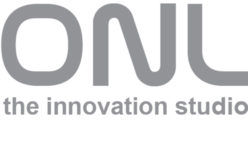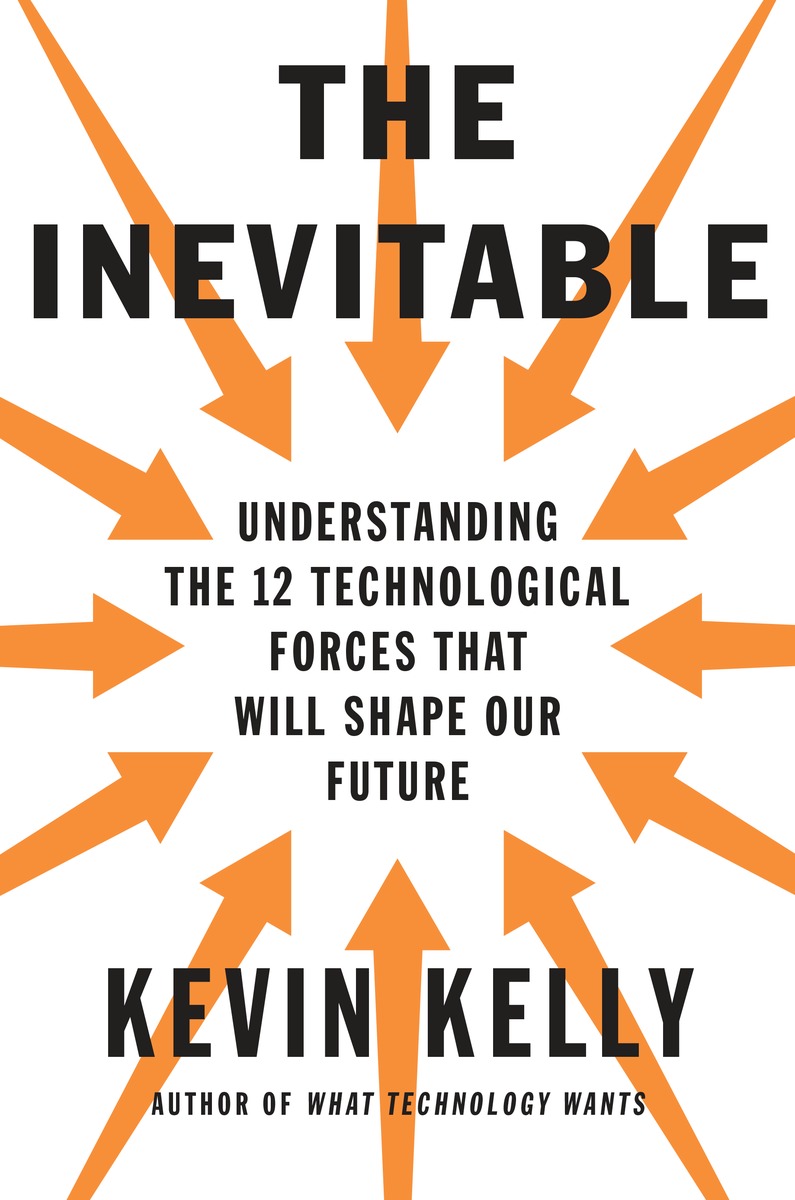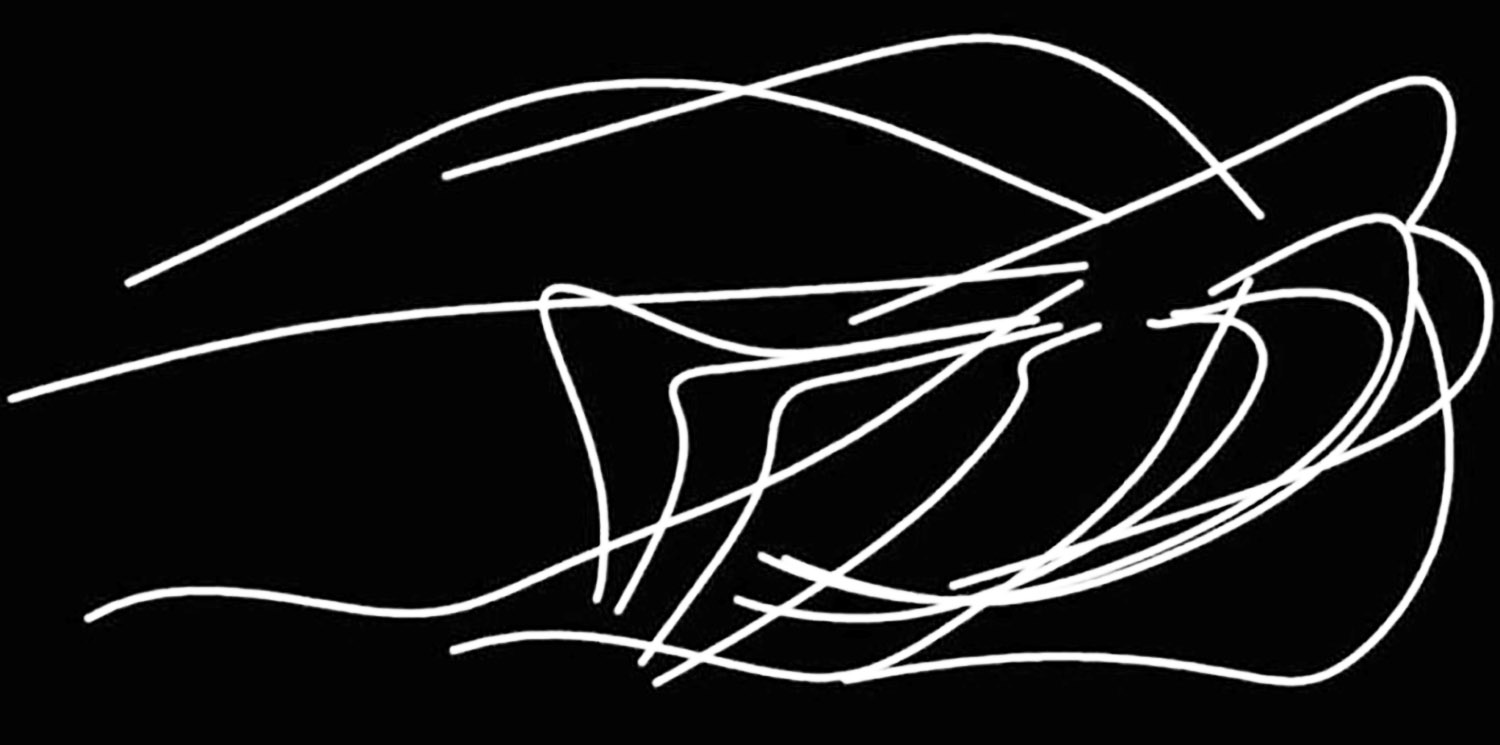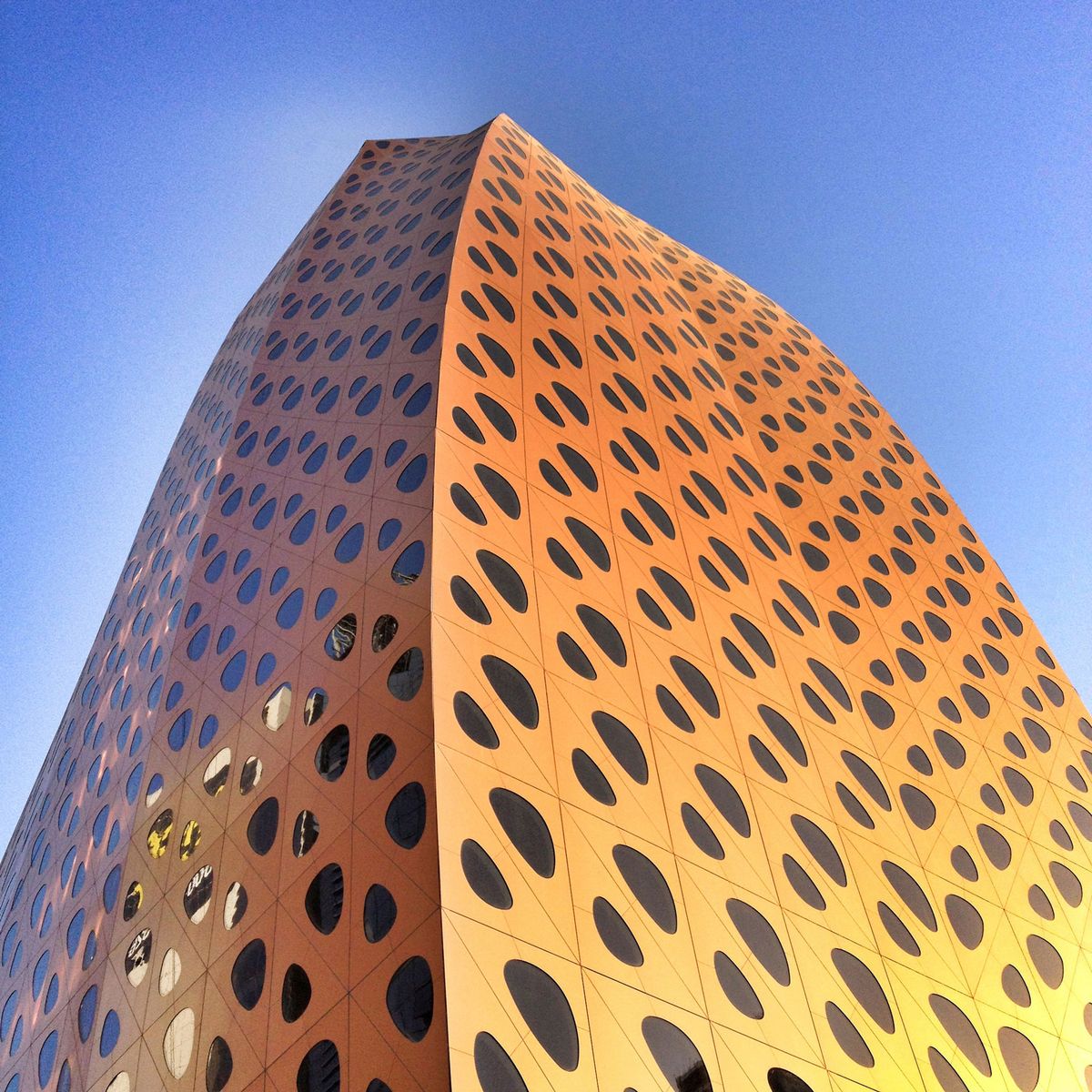MVRDV’s Ravel Plaza
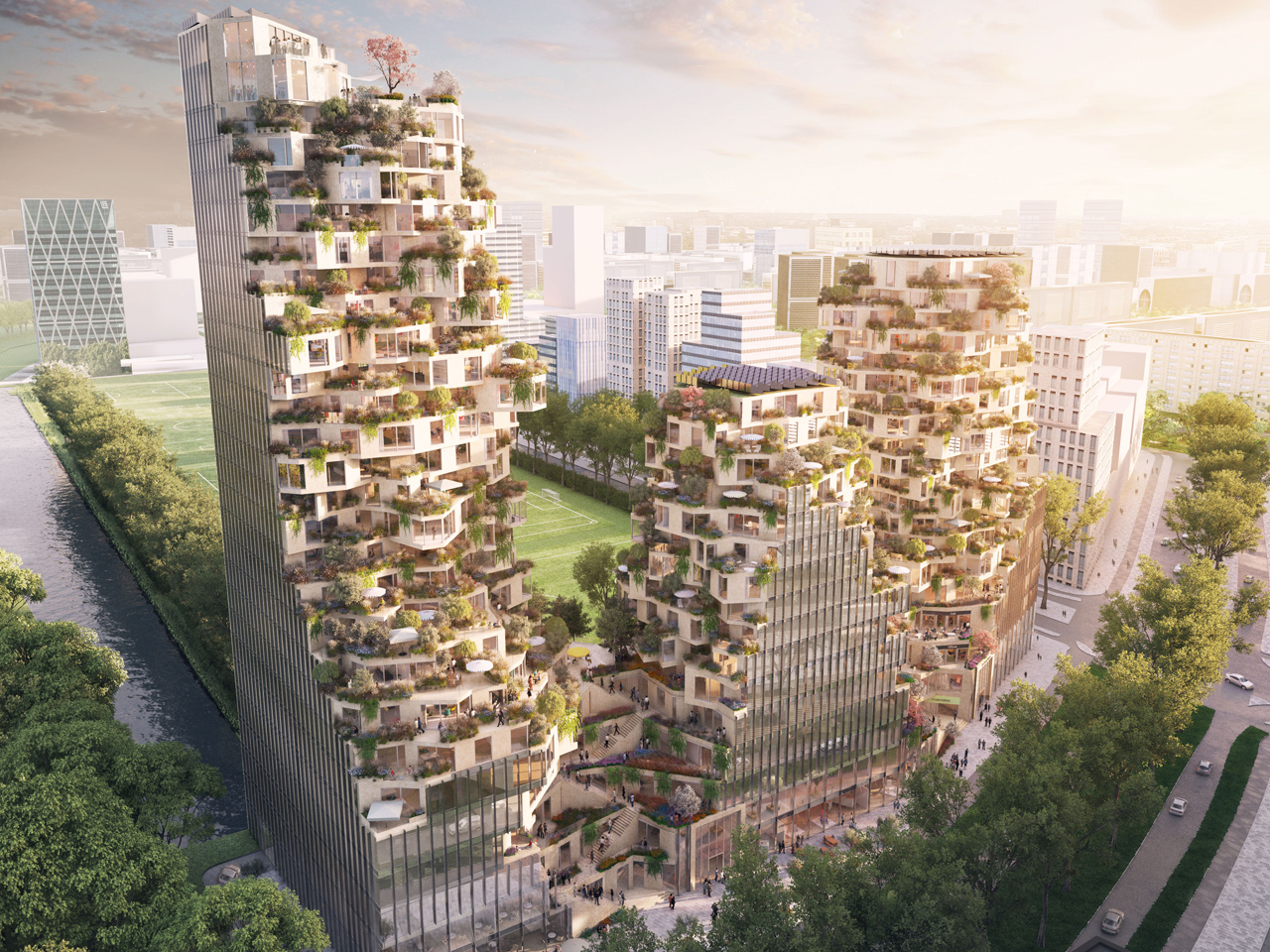
My attention was triggered when reading on Facebook a discussion between Archis / Volume critic Arjen Oosterman and Geert Bekaert Prize winner Mark Minkjan. The discussion circled around the value and misleading tendencies of architectural rendering, taking a MVRDV project as an example. Although I sympathize with Arjen Oosterman, who rightfully was blaming Minkjan for an easy twist of populism, my immediate professional reflex was: why not discussing the meaning of the design itself instead? The architectural discourse should in my opinion address the inspirations, intentions and possible implications of the actually proposed design as to be able to discuss in public the impact on the design practice. Therefore, to put the money where the mouth is, here are my observations of the very design itself, interlaced with some explicit opinions.
Real science fiction
Knowing the MVRDV lead designers – Jacob van Rijs en Nathalie de Vries invited me to be their design tutor – I wish to take their design intentions seriously. I am familiar with their original fascinations for bold design concepts, very much encouraged by myself back then in the early nineties, and I have seen how they were subsequently influenced by OMA’s hyperbolic turbo language and lightweight cynism. The Ravel Plaza design stands for something I think is worthwhile reflecting upon, however not for the reasons Mark Minkjan was awarded his prize for.
When looking at the design I am not shocked by the abundance of greenery on the balconies, neither on an assumed absence of balustrades, but I am not so much shocked as well as straightforwardly disagreeing with a design intention that destructs, collapses, erodes and explodes. I simply can not raise empathy with the act of eating away bits and pieces of a World Trade style tower. Instead of developing an original concept for a residential tower with lush balconies, which would be an absolute important thing to do, they chose to erode something they criticize as to define their design goal. Therewith the design intent becomes a built form of critique of something they do not want. But, if one doesn’t not want it, why taking that as a starting point at all? Just to to tell a story? But what story? Looking at the design, I see a resemblance with the crash of the World Trade towers. Why taking a disaster – whether an unconsciously or consciously made design decision – as the inspiration for the visual effect? Having watched many sci-fi movies and having seen the twin towers coming down as a real form of science fiction, I realize that the visual impact of the image of destruction can be so strong that it somehow burns into the designer’s mind. Somehow there is no escape from it, at least not when takes a straightforward tower design as the starting point for the storytelling. My critique on MVRDV’s design is that it confirms a destructive Hollywood driven self-fulfilling prophecy rather than offering an alternative tio it.
Erosion and explosion
As to indicate that the Ravel Plaza design concept is not an isolated incident, I refer to other recent designs featuring similar gnawing characteristics. OMA’s Asian spin-off Ole Scheeren [OS] has designed an evocative MahaNakhon tower in Bangkok, Thailand, indeed evoking the erosion of a once-has-been straightforward tower design. Needless to say that it evokes much more emotion than the simple rectangular tower would have been able to produce, but that is not the point. The point is what sort of emotion Scheeren – using the power of the proposal – has chosen to trigger. He chose to snag modernism, which I consider as a form of violation, meaning that first he needs something he is critical of to violate, and only then be able to then tell his story of erosion and destruction.
The extreme version of erosion is explosion, which is the design story line MVRDV has chosen when designing their Cloud tower in Seoul. An exploded mid section, spitting out the low resolution voxels into all directions, strongly reminiscent of the effect of the violent Ground Zero impact. Although Winy Maas denies that there is such direct relation, it is obvious that the image of violent destruction has captured the designer’s mind, and that he unconsciously can not do otherwise than express the sign of times in this way. My own scheme of things tells me that the design for a skyscraper should come from the internal logic of the design to production process itself, rather than wrapping an otherwise traditional tower with a cosmetic intervention based on lighthearted storytelling. In my worldview a good design will express itself, instead of being an illustration to a story.
Poisonous combination of erosion and voxelisation
What troubles me particularly is the poisonous combination of the erosive approach to design with the aesthetics of voxelisation. Both the designs of MVRDV, OMA, OS and BIG share the same fascination for what is often referred to as pixelation, which is in effect is voxelisation in a very low resolution. Not surprisingly the Why Factory led by Winy Maas asks their students to build towers using white lego blocks. These lego towers are built up using structural voxels. In contrast, my own scheme of things is based on high resolution complex geometry combined with a strong internal structural logic, a well balanced marriage between top-down and bottom-up approach. Now what is popular among OMA and their spin-offs MVRDV, OS, BIG and many more – while these successful offices jointly have been dominatoing the architectural discourse for decades – stands almost opposite to what I stand for. The road I have taken, together with many of my peers of the Transarchitectures movement formed end of nineties by Marcos Novak and Odile Fillion and the participants of the earliest Archilab Conferences, headed by Marie-Ange Brayer, Zeynep Mennan and Frédéric Migayrou, who is now Head of Architecture at the Bartlett in London, is the interlacing of digital technology with architectural theory and practice. It is instrumental to note that these truly new fundamental developments were completely ignored by Rem Koolhaas in his 2014 “Fundamentals” Venice Biennale. His timeline of – in his view – relevant movements in architectural theory ended when he left the AA, that is end of eighties. Everything that happened after that was not included nor respected, neither in the selected “fundamentals” in that particularly retro-active Biennale. my base point of critique that the selected subjects like stairs, walls, ceilings, balconies etc are derivates rather than fundamentals. He intentionally missed the point by completely ignoring the richness and beauty of dynamic adaptive systems and complexity, which fields of research and practice – ONL’s LIWA tower serves as a representative of applied complex adaptive systems cq associative information modeling – are dealing with fundamental issues in architectural theory, understanding and working with the actual state of digital technology.
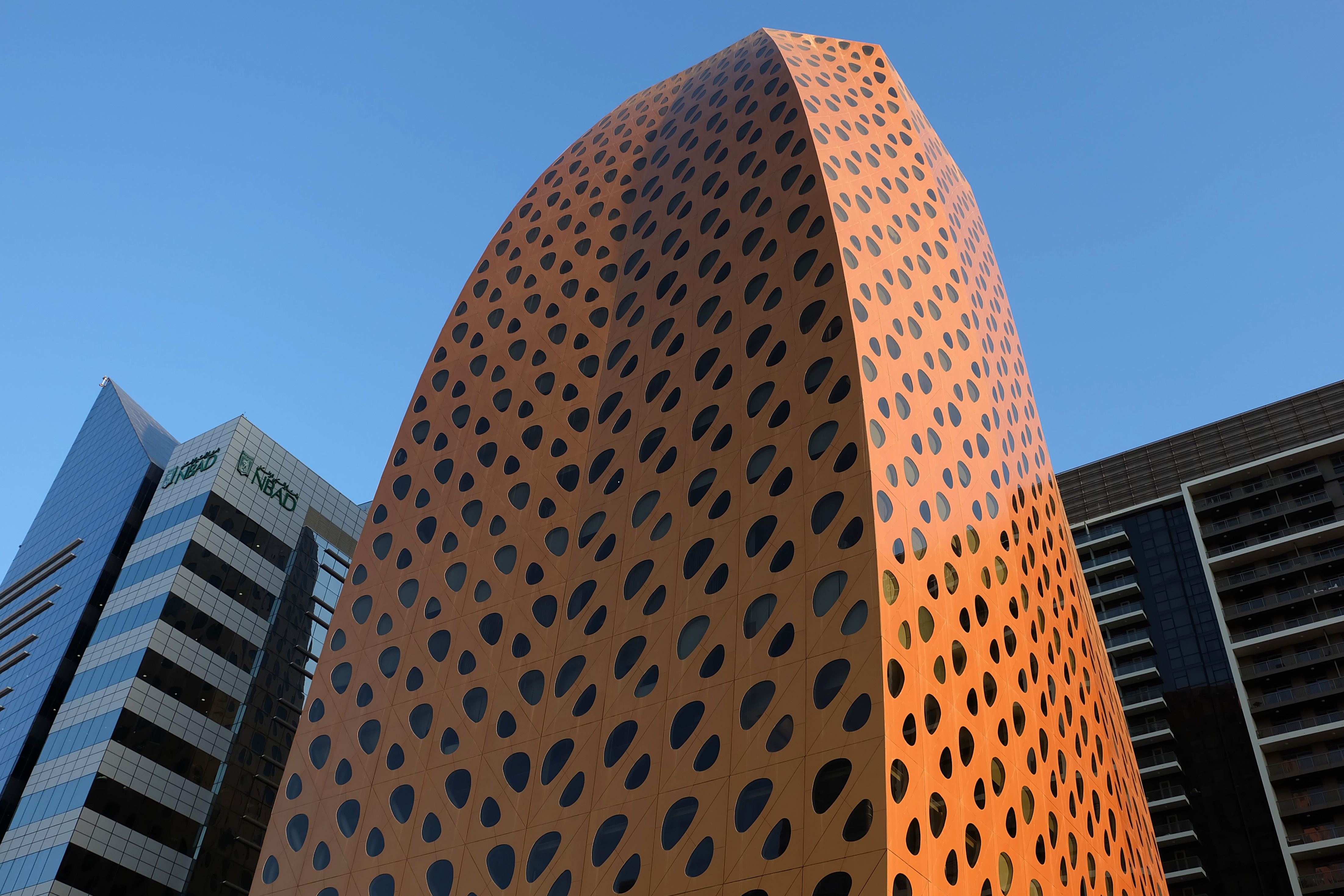
In conclusion, I consider voxelisation for design concepts on the grand scale of architecture as a deceivingly reductive simplification of building technology, counterproductive to present advancements in architectural theory and practice. The combination of sympathy with destruction and erosion with voxelisation is outright alarming for its uncanny parallels to populism in politics using hyperbolic forms of expression in combination with simplified language.
